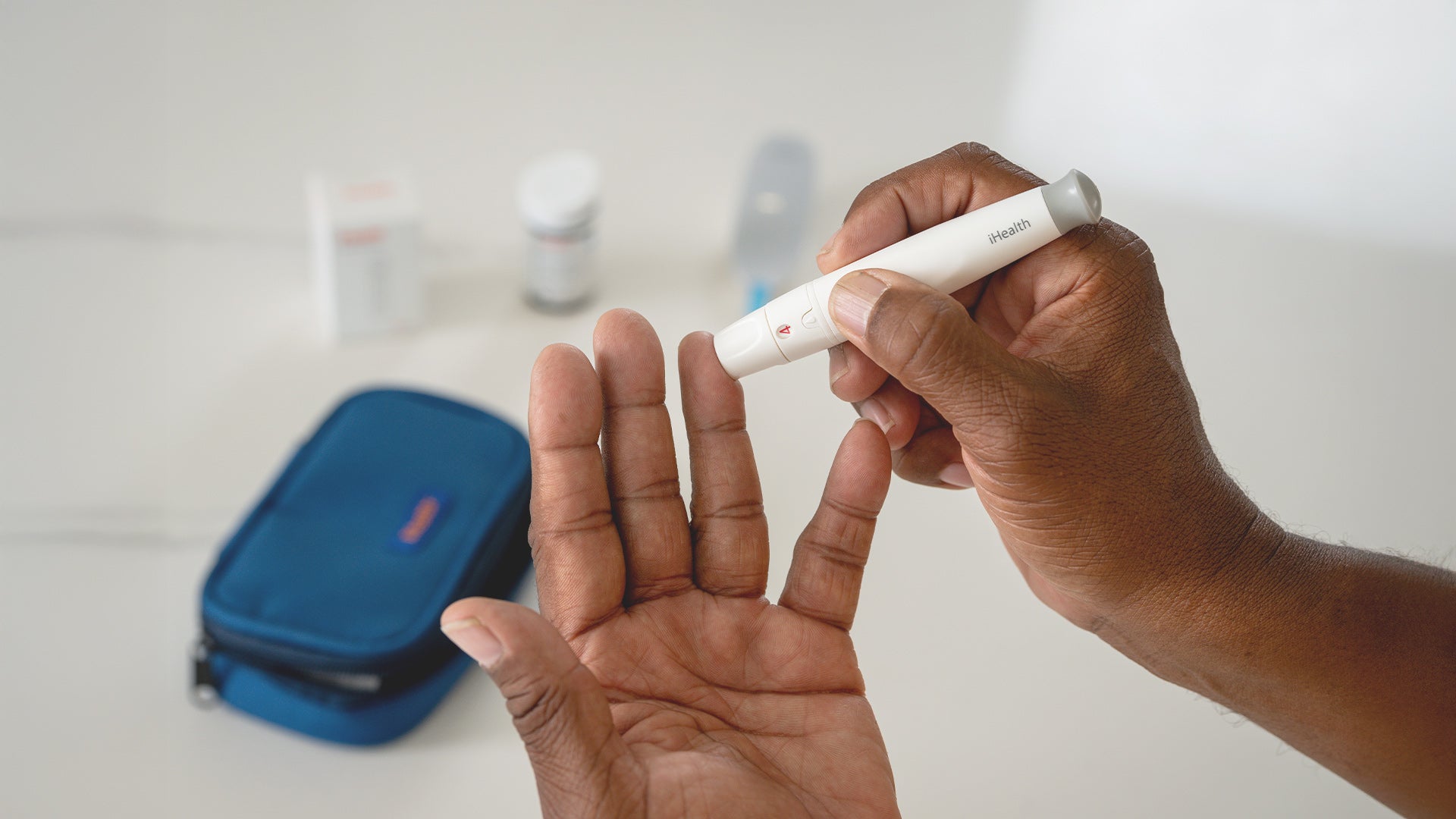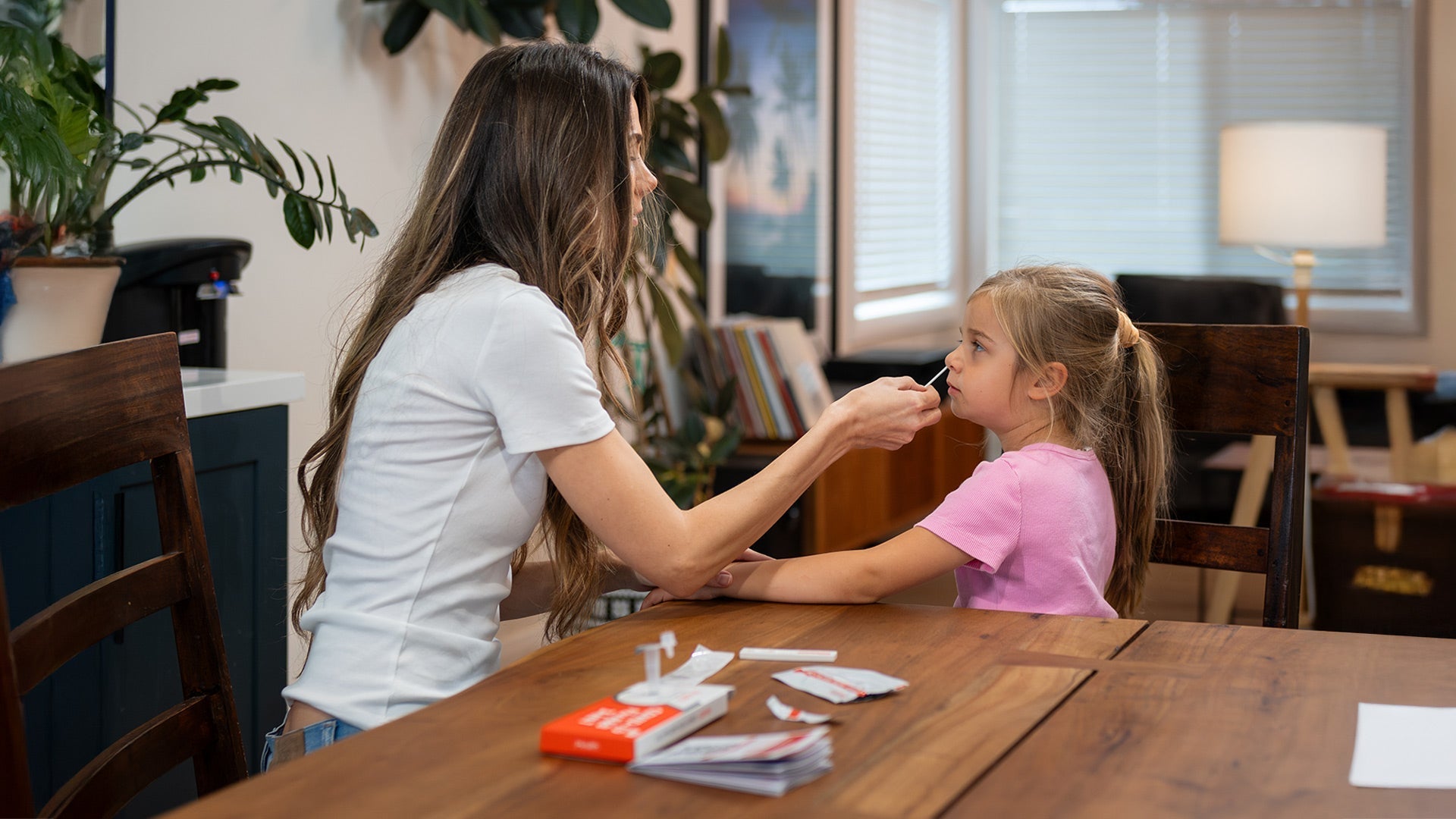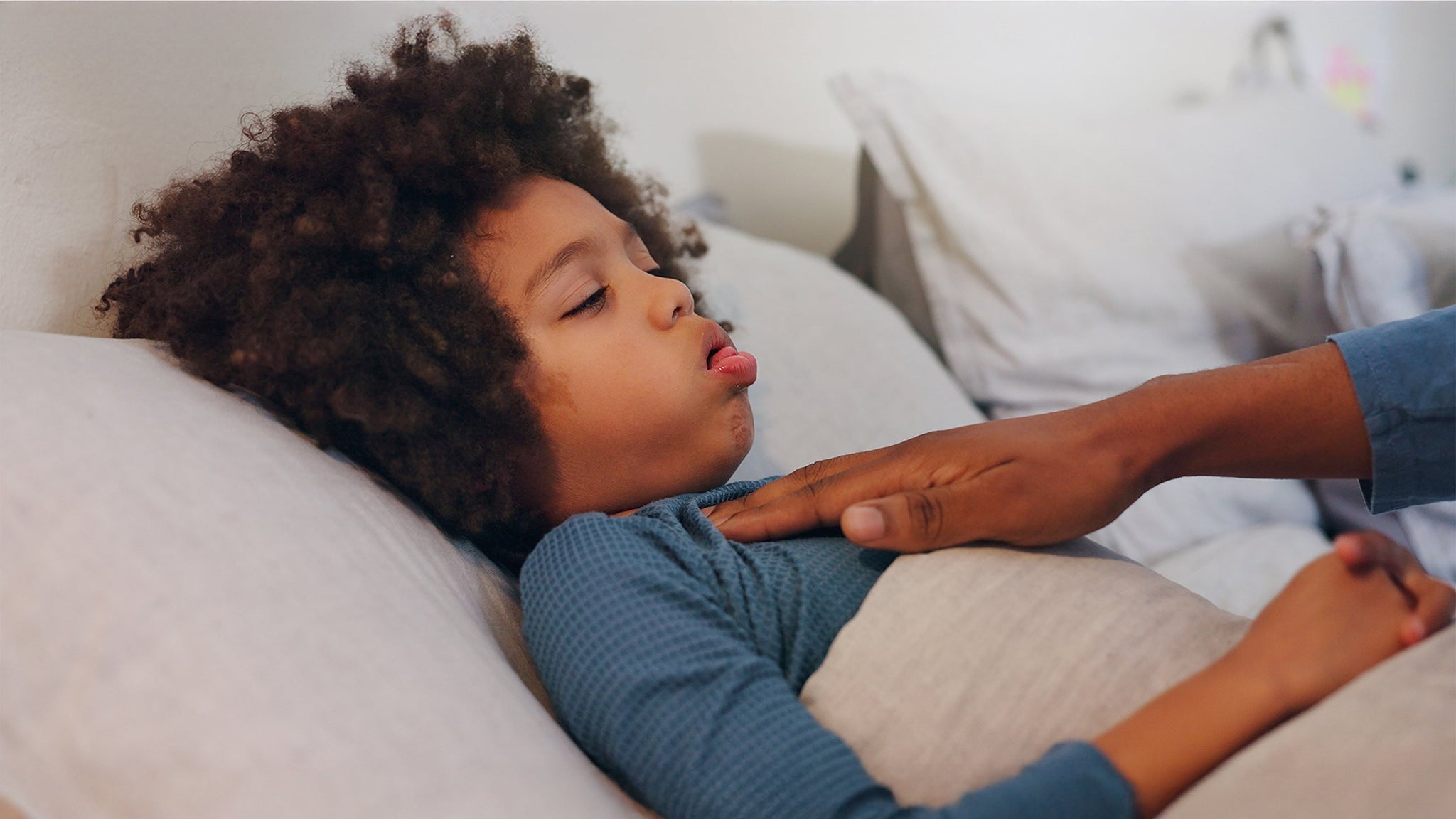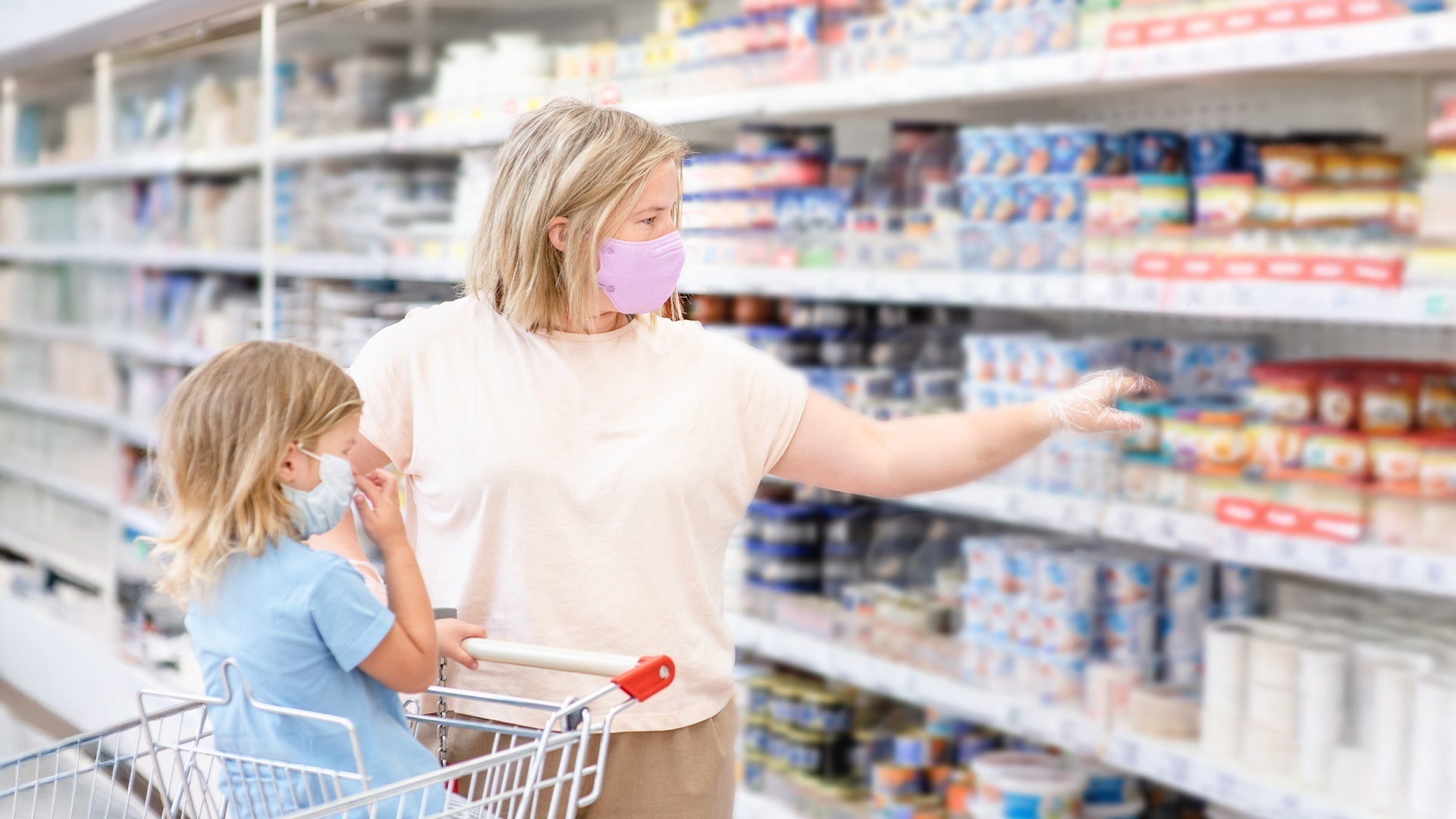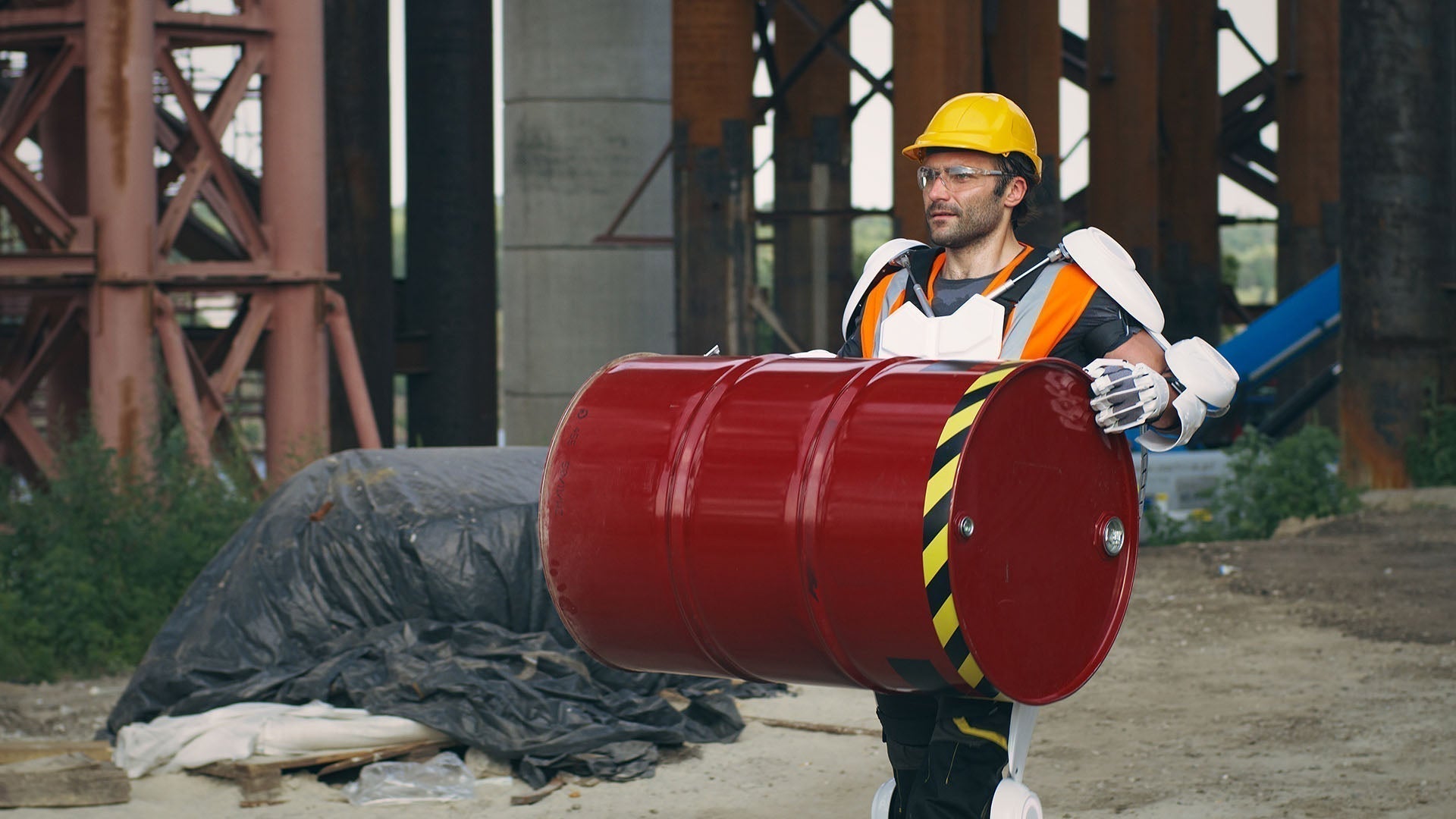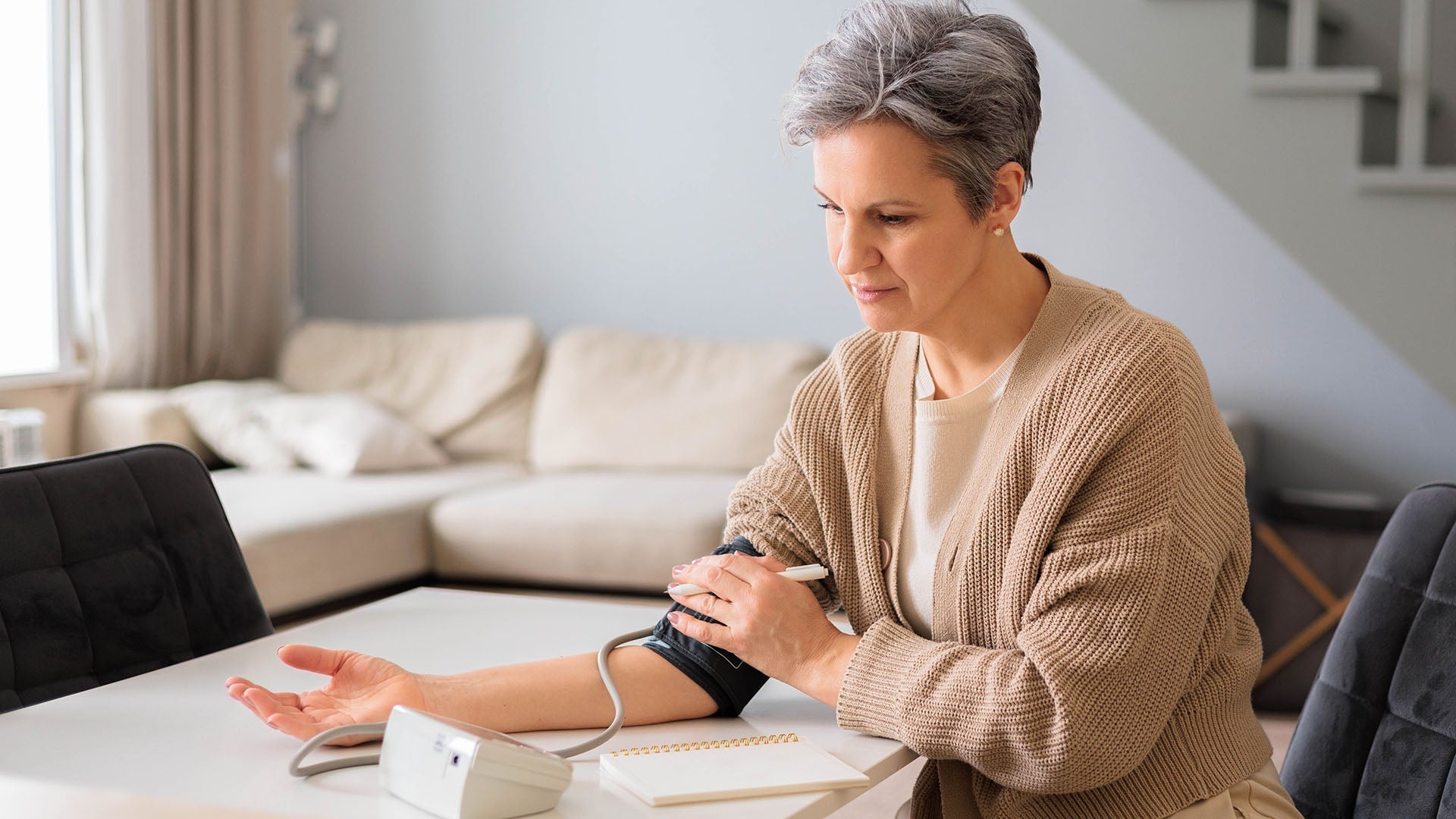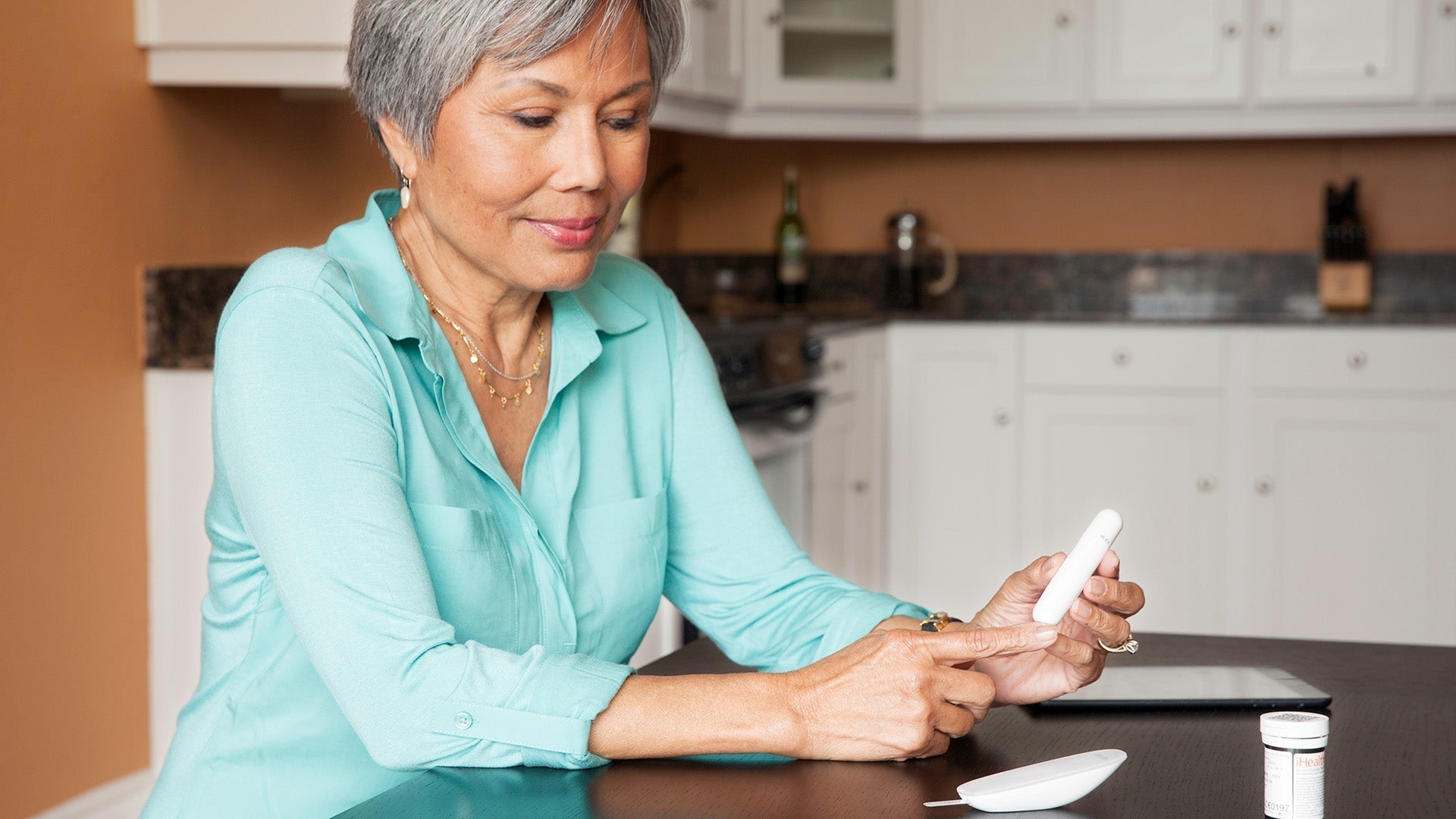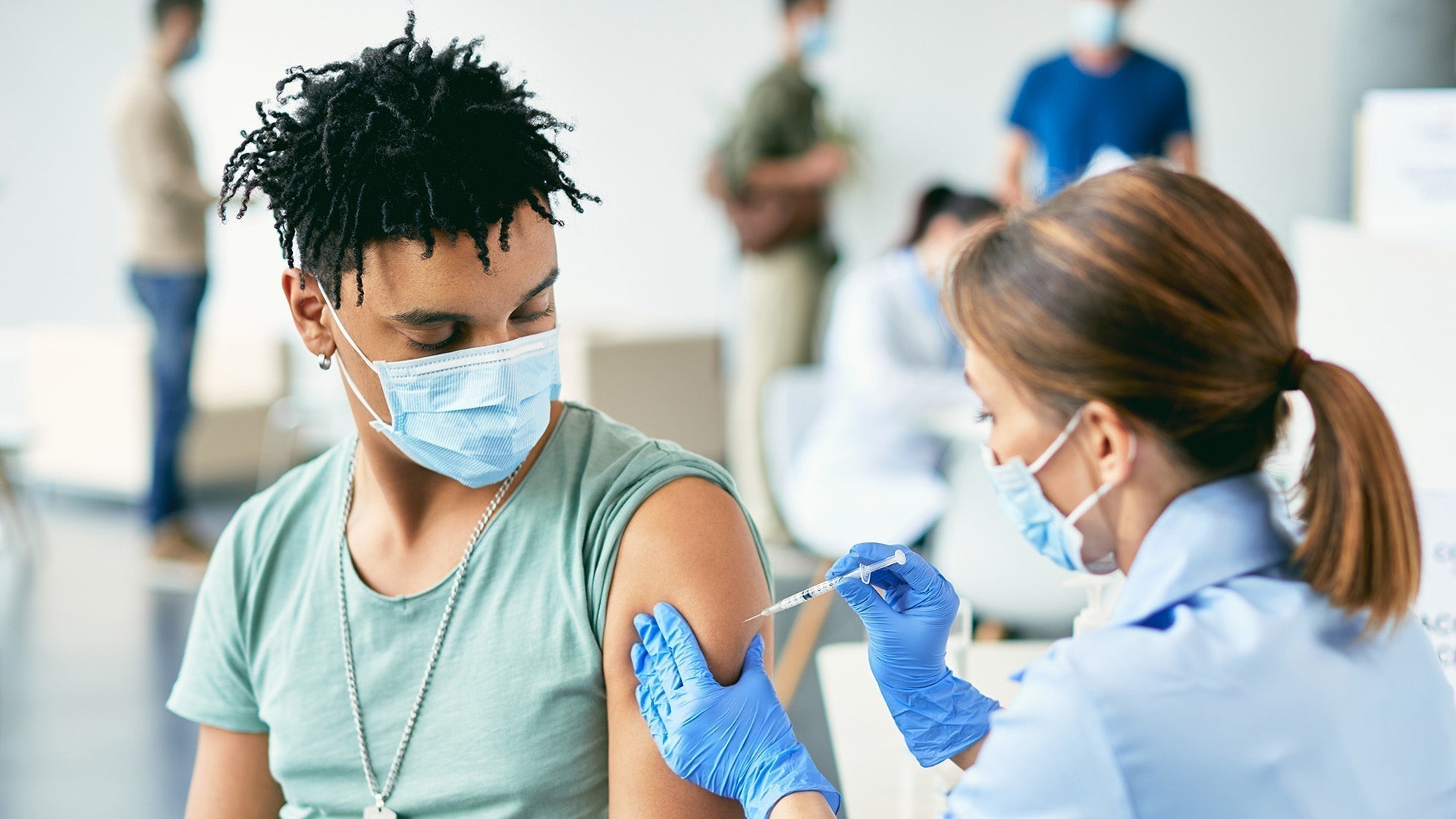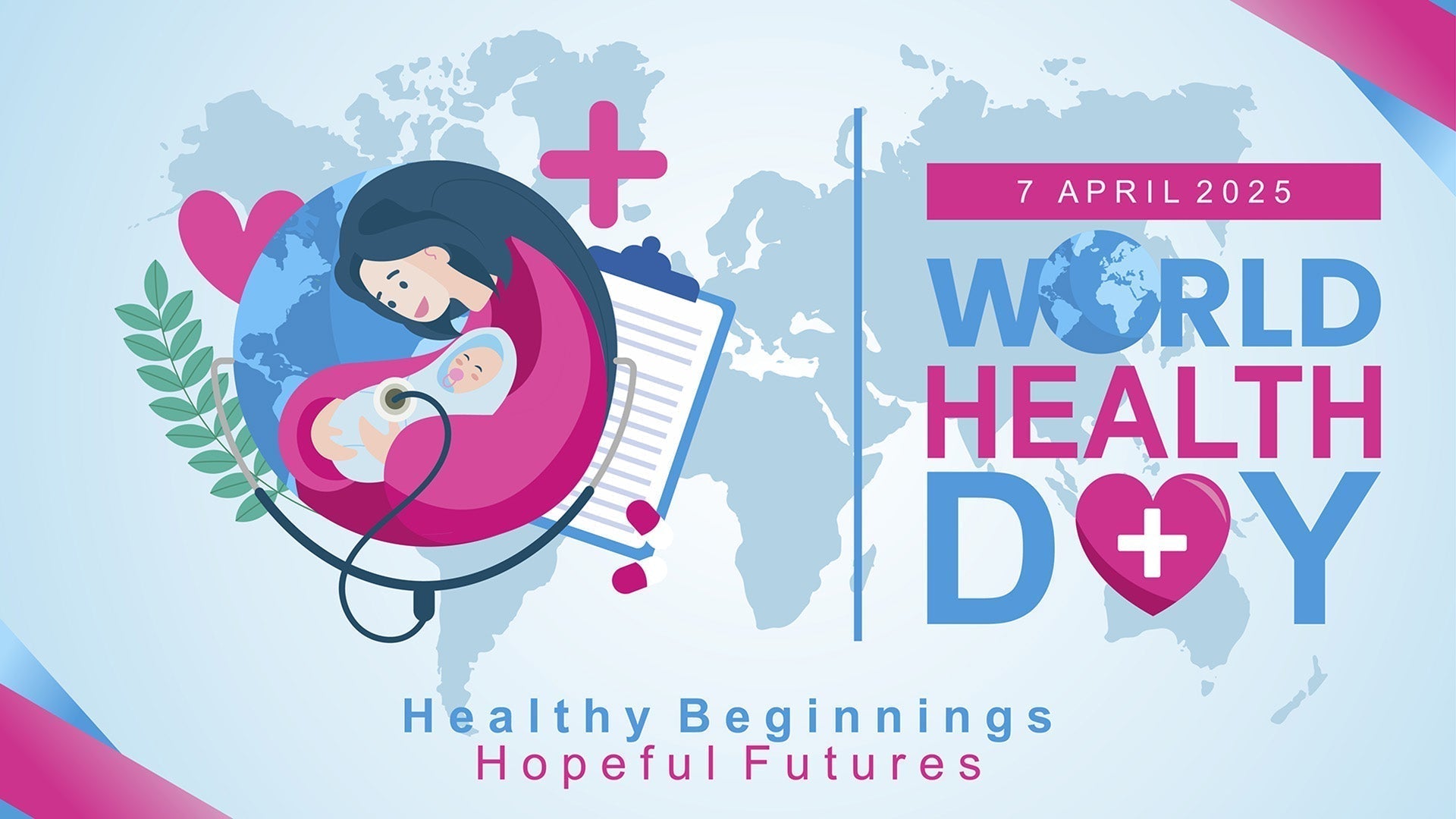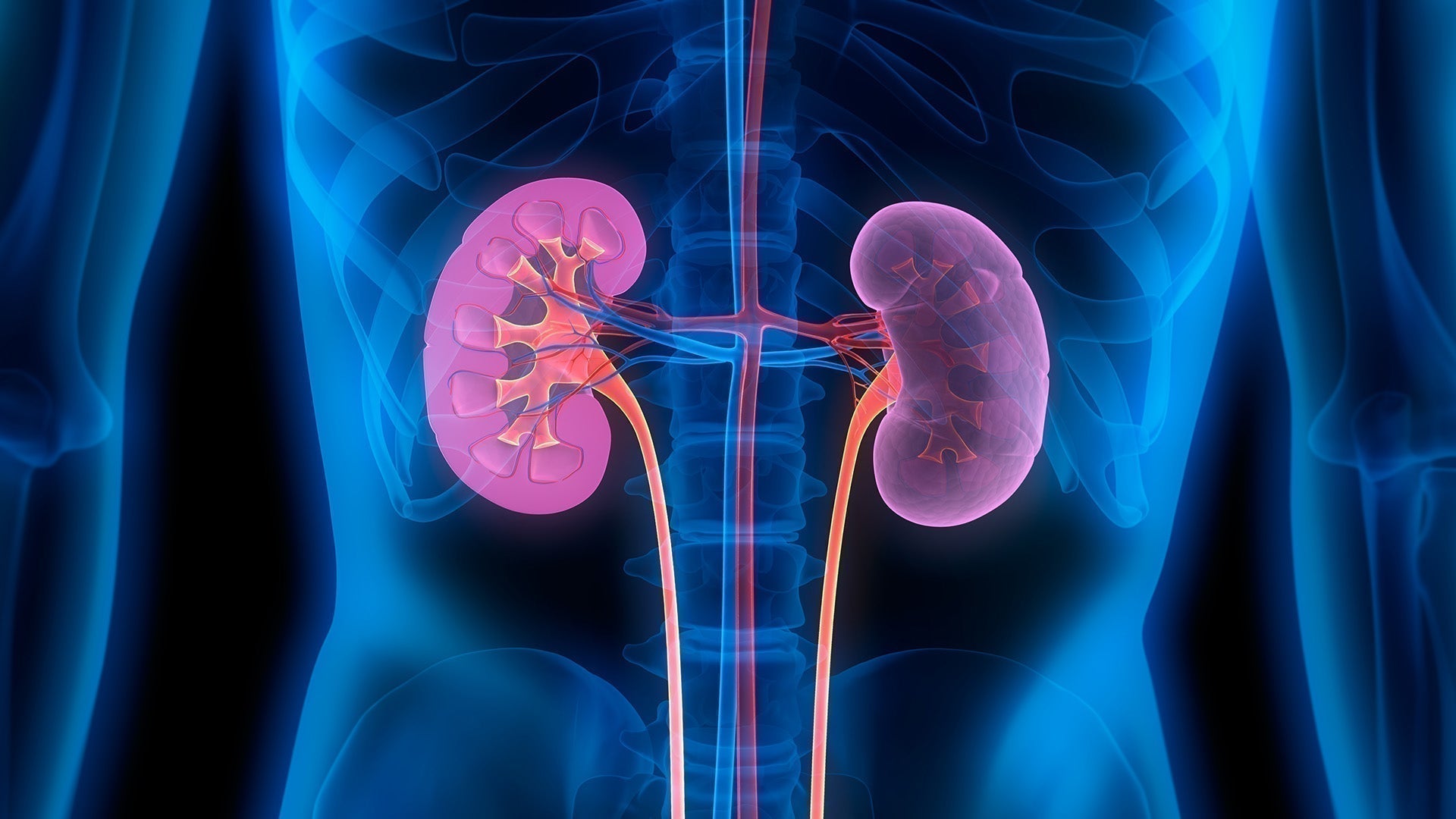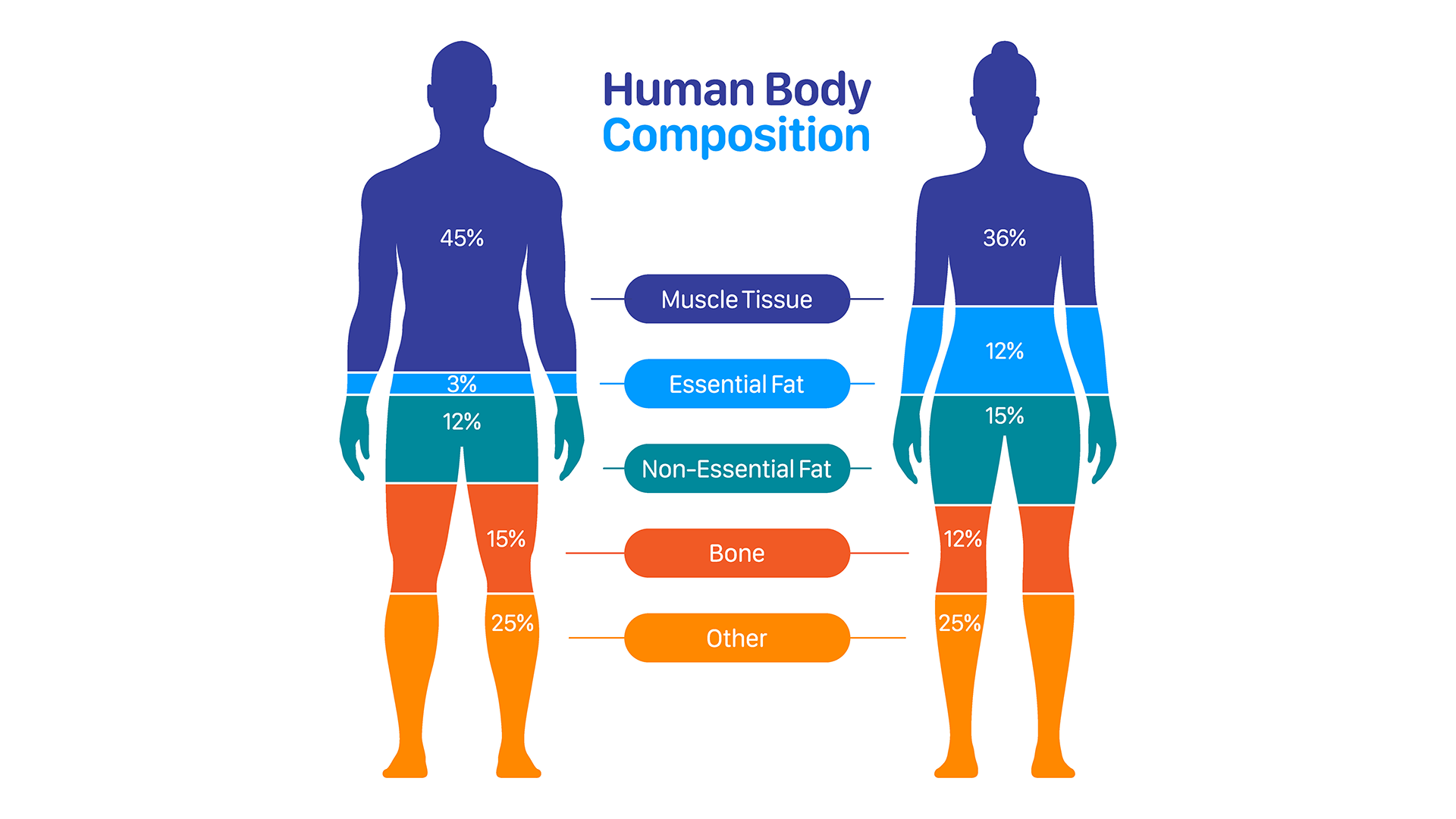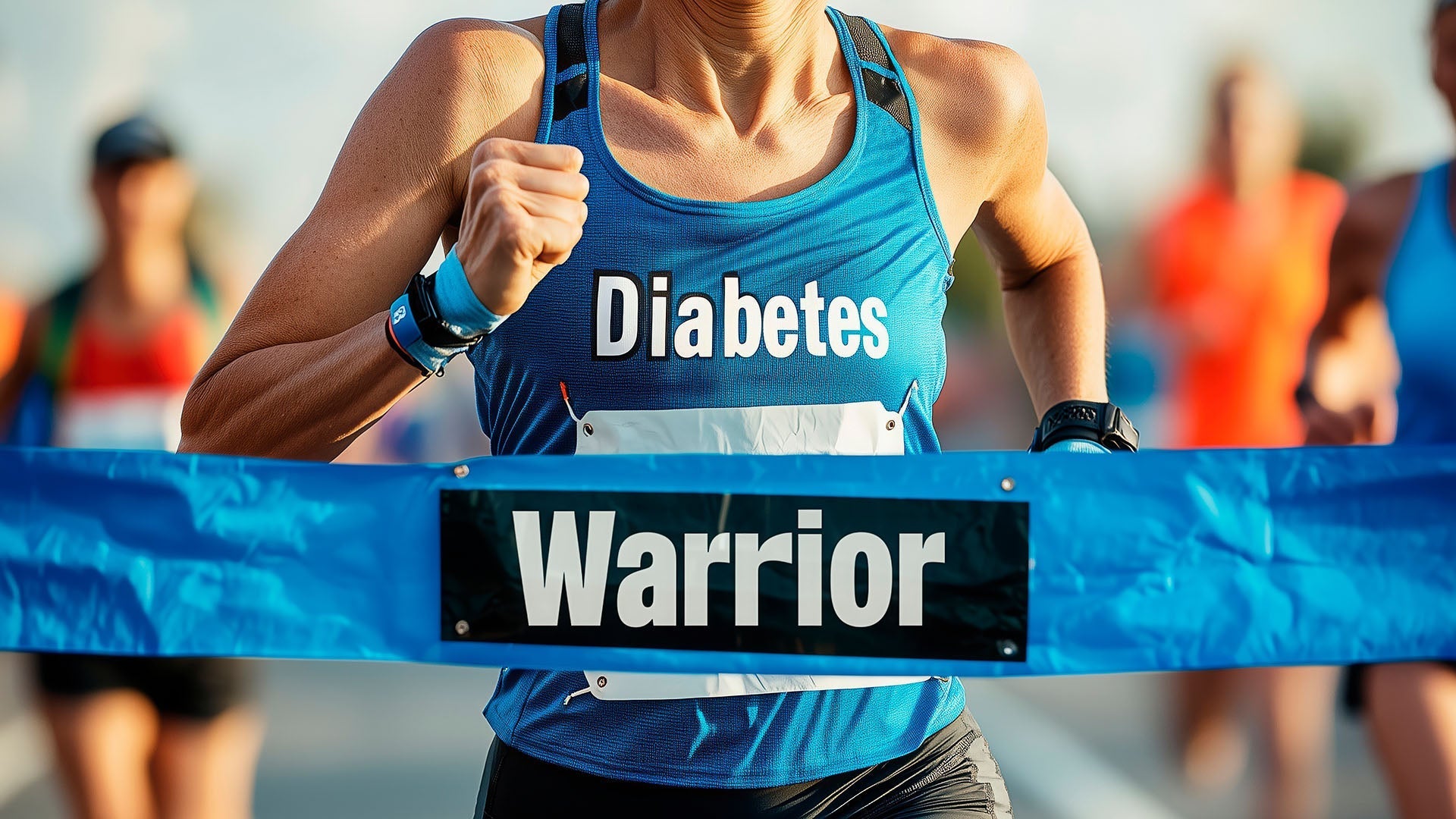Learn Your Way
to A Healthier Life

As children return to school after the New Year, the joy of reuniting with friends and re-engaging in classroom activities can coincide with a surge in respiratory illnesses and the threat of passing them on to family members when they get home. The convergence of COVID-19 and flu strains A and B pose significant concerns, particularly for families with elderly or immunocompromised members. Recognizing the risks and implementing preventive strategies can help safeguard both children and their loved ones.
Increased Transmission in Schools
School environments are hotspots for virus transmission due to several factors:
Close Proximity and Physical Contact
Classrooms, cafeterias and playgrounds bring students into close quarters for extended periods. Social interactions such as group projects and playground activities further increase the likelihood of virus transmission through respiratory droplets and contaminated surfaces.
Hygiene Challenges
Younger children may find it difficult to maintain consistent hygiene practices, such as regular handwashing or covering coughs and sneezes. Shared surfaces, like desks, doorknobs and lunch tables, can harbor viruses if not frequently disinfected.
Relaxed Preventive Measures
Mask mandates and other preventive measures have been rolled back in many schools, resulting in children and staff being more exposed to respiratory viruses. Vaccination rates also vary widely, leaving some school communities less protected.
Risks for Vulnerable Populations
Children attending school are exposed to a wide variety of germs, which they can inadvertently carry home. Immunocompromised individuals or those with underlying health conditions may experience severe illness, even from common respiratory viruses.
While vaccines offer protection, some immunocompromised individuals may have a reduced immune response. Families must rely on prevention strategies, such as consistent mask use and good hygiene, to create a buffer of protection.
Strategies to Reduce Risk
Reducing the spread of COVID-19 and influenza in schools requires a comprehensive approach that combines testing, vaccination, hygiene practices and community cooperation. Here are some key recommendations:
Testing
Antigen tests, like iHealth 3-in-1 rapid test, are available for influenza strains A and B and COVID-19. Schools can communicate to families the importance of following pertinent public health guidance for anyone who tests positive. Early testing and consultation with healthcare providers can guide care and prevent further spread.
Vaccination
Ensure that all eligible household members receive annual flu shots and are up-to-date on COVID-19 vaccinations, including boosters. Vaccination is an effective defense against severe illness and reduces the likelihood of transmission.
Hand and Surfaces Hygiene
Encourage children to wash their hands frequently with soap and water for at least 20 seconds, especially before meals and after coughing or sneezing. Provide hand sanitizers with at least 60% alcohol for times when handwashing is not feasible. Regularly disinfect frequently touched surfaces at home and encourage schools to maintain rigorous cleaning protocols.
Respiratory Etiquette and Masks
Teach children to cover their mouths and noses with a tissue or their elbow when coughing or sneezing. In areas of high transmission, encourage the use of well-fitting masks to reduce the spread of respiratory droplets. Mask usage can be particularly beneficial in crowded or poorly ventilated settings.
The risks of COVID-19 and flu can be mitigated through collective efforts. For parents and caregivers, staying informed about local health guidelines and maintaining open communication with schools are critical in fostering a safe environment.
References
- https://www.cdc.gov/respiratory-viruses/risk-factors/weakened-immune-systems.html
- https://www.cdc.gov/children-and-school-preparedness/php/interventions/everyday-actions-for-schools.html
- https://www.cdc.gov/mmwr/volumes/72/wr/mm7205e3.htm
- https://www.cdc.gov/children-and-school-preparedness/php/interventions/strategies.html
- https://www.aap.org/en/patient-care/immunizations/communicating-with-families-about-how-to-protect-against-fall-and-winter-respiratory-viruses
- https://publications.aap.org/pediatrics/article/148/3/e2021051438/179735/Preventing-COVID-19-Transmission-in-Education
Sign Up For More From iHealth
Receive the Latest News and Special Offers




